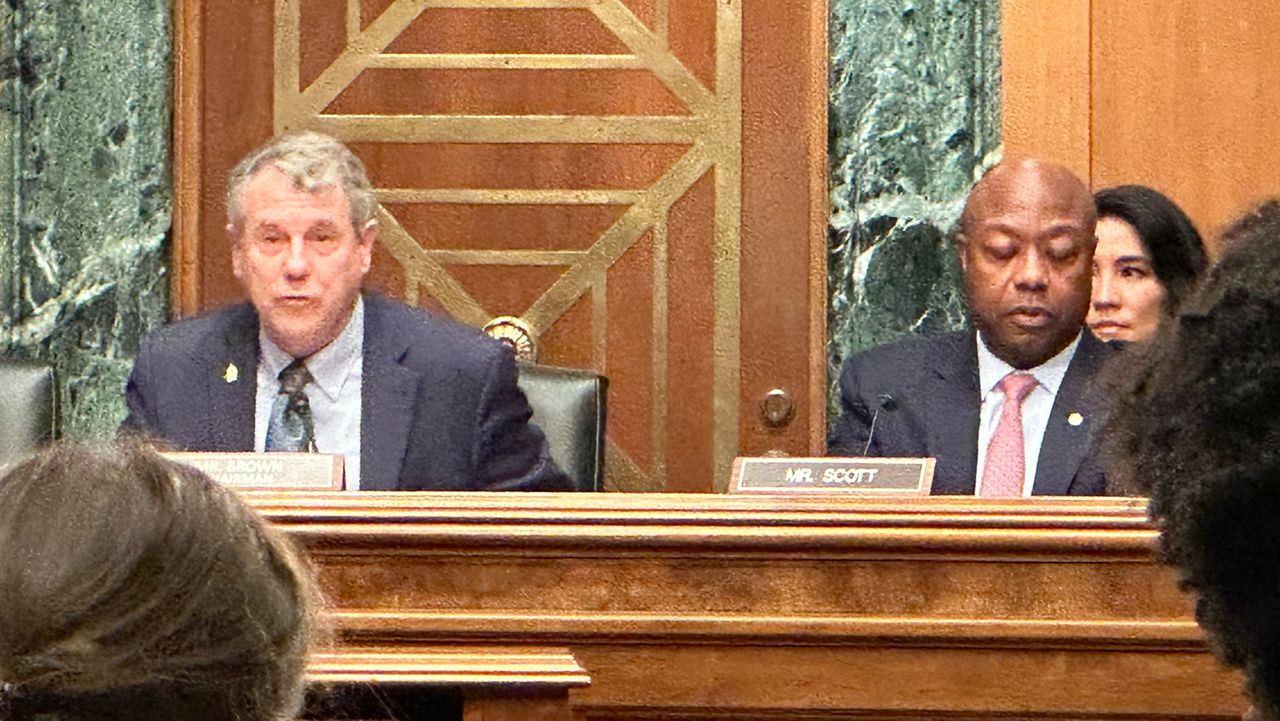COLUMBUS, Ohio — Ohio's Redistricting Commission is set to meet on Sept. 13. They need to redraw Ohio's House and Senate districts because of a previous Ohio Supreme Court ruling that deemed the maps in place unconstitutional.
Every 10 years, under the U.S.Constitution a census takes place, and Ohio uses that census data to redraw congressional, and legislative maps.
"Legislative and Congressional districts have to be equal in population pretty close to equal," Jonathan Entin, professor of law at Case Western Reserve University. "Not literally to the exact number, but very close. Since the population changes in both absolute numbers and distribution that means after every census each state has to redraw its districts."
Last year, the Ohio Supreme Court ruled the maps approved by the commission were unconstitutional. Eventually, a federal court ordered one of those sets of maps to be put in place for last year’s elections.
"They have to approve maps for the 2024 election," Steven Steinglass, dean emeritus at Cleveland State University's College of Law, said. "Whether they have to change them, or not remains to be seen. I would say that they should change them because the maps they're using are illegal. But if they don't believe in following the court, then they may not feel they have to."
The commission is on a time crunch to get new maps approved. Last week, Ohio Secretary of State Frank LaRose announced the maps needed to be in place by Sept. 22, 2023 for next March’s primary. However, while Republicans have the majority and could go through with maps they need to cater to Democratic counterparts if they want the maps to be in place for the next decade.
"The Ohio constitution says that in order to have a map that is good for the full ten years you have to get buy-in from the minority party," Steinglass said, "Last year, the redistricting commission split on party lines. So even if the redistricting commission had been able to come up with a map that satisfied the Ohio constitution, it would have been good for only four years because you didn't get minority party buy-in."
Under Ohio law, the maps that are constitutional need to align with the breakdown of voters in recent statewide elections. However, this year there are some differences in Supreme Court justices that could make a difference in the outcome of maps. There is a new chief justice in place who replaced Maureen O' Connor. Last year, O’Connor sided with the Democrats when ruling against the maps. The map-making process has historically posed challenges in Ohio, and is not a new topic for the state.
"Redistricting, whether it be of legislative redistricting, those we're focusing on, or even congressional redistricting, has been a controversial issue since the adoption of the 1802 Constitution in Ohio," Steinglass said.
Meanwhile, the group that previously filed a lawsuit on congressional maps has dropped the lawsuit. This comes a few months after the U.S. Supreme Court has ordered the Ohio Supreme Court to reconsider their ruling on the maps that deemed them unconstitutional, asking the Ohio Supreme Court to reconsider the maps.




